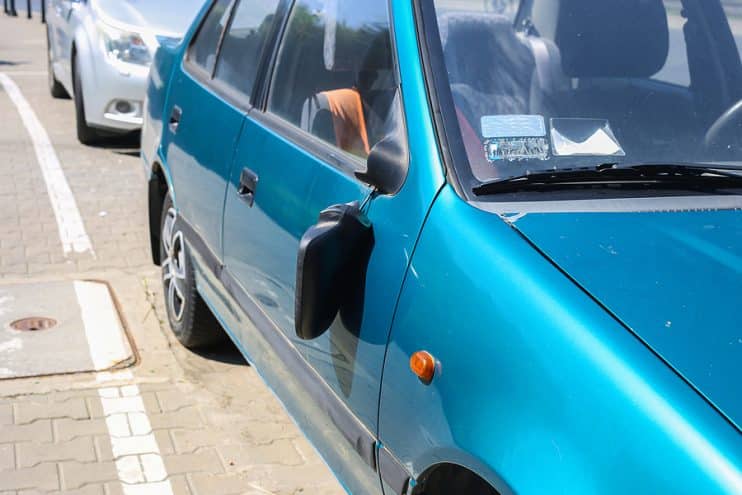
If your wing mirror is damaged, you may wonder whether it’s best to replace it with a new or used wing mirror. However, some symptoms of a faulty door mirror, such as cracked glass or problems with the power switches, can be fixed easily and cheaply. Whether you’re considering a brand new mirror or a used one to save money, we’ll help you navigate the decision-making process to ensure your vehicle’s mirrors are functioning optimally and meeting all safety standards.
Table of contents:
- So what are the symptoms of a bad door mirror?
- What causes wing mirror damage?
- Is it illegal to drive with a broken wing mirror?
- Can a broken wing mirror fail an MOT?
- How easy is it to replace a broken wing mirror?
- How much does it cost – and can I claim on insurance?
- How to replace a broken wing mirror
So what are the symptoms of a bad door mirror?
Glass is cracked, chipped, or broken
The most obvious sign of wing mirror damage is cracked, chipped, or broken mirror glass. This issue significantly reduces driver visibility, and it can pose a serious safety risk while driving. Even a small crack can distort your view of the road and can become more severe from temperature changes and vibrations from road surfaces.
You can replace the mirror glass without having to replace the whole wing mirror unit. However, if you’re buying second hand make sure that any used glass is free from defects and matches your vehicle’s specifications.
Casing is broken
Damage to the mirror casing from a collision can expose your wing mirror’s internal components to the elements, increasing the risk of electrical problems or water damage. A broken casing may also affect the mirror’s ability to stay in the correct position, which can compromise visibility and safety.
If the casing is cracked or broken, it’s best to replace the entire wing mirror.
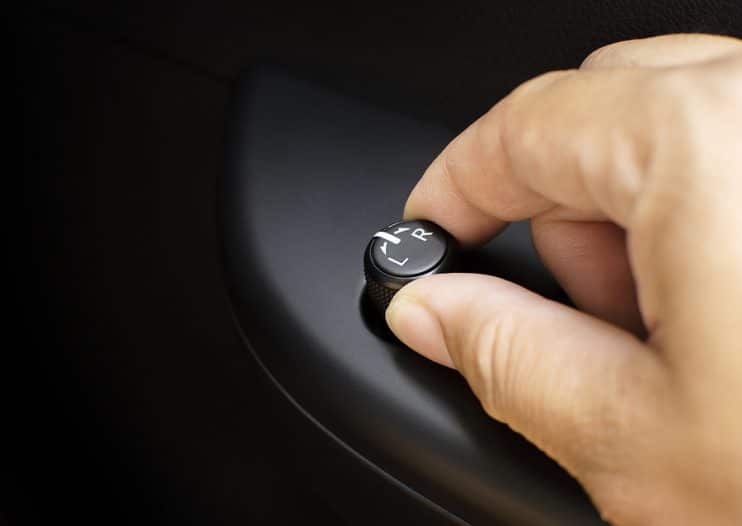
Problems with adjustment/positioning switches
If you can’t adjust your mirror using the controls inside the car, there may be a problem with the switches or the mirror’s motor. This issue can be particularly frustrating and potentially dangerous, as it prevents you from properly aligning your mirrors for optimal visibility.
Try cleaning the switches first, as dirt and debris can sometimes interfere with correct function. If that doesn’t fix the problem, you may need to replace the switch panel or have a professional check the wiring. In some cases, the issue may be with the mirror’s motor rather than the switches themselves.
Motor failure
A failing electric motor inside the mirror can result in mirrors that are slow to respond, move in jerky motions, get stuck in certain positions, or stop moving altogether.
You can have the motor replaced without having to replace the whole wing mirror but even this can be expensive if you have a premium car.
Blown fuse
If your mirror suddenly stops working altogether, the problem might be as simple as a blown fuse. This is often overlooked but can cause complete failure of the mirror’s electrical functions.
Checking and replacing a fuse is easy and inexpensive, so always check the fuse first before you decide to replace the wing mirror.
Heating/condensation functionality not working
If your heated mirrors aren’t effective at clearing fog or frost, the heating element may have failed. This can be a significant issue if visibility is reduced when you’re driving.
It may be worth removing the glass and checking whether the heating element is getting power first, before forking out for a replacement glass, as these can be expensive. If you tend to drive in foggy or misty conditions quite a lot, investing in a new mirror with a guaranteed working heating element might be a wise choice.
Software or control module problems
Mirrors that behave erratically, fail to respond to commands, or don’t sync properly with other vehicle systems could be a sign of software failure.
Sometimes, a system reset or software update from the dealer can resolve these issues. But if the problem persists, it may mean you have a faulty control module, which controls the mirror folding function.
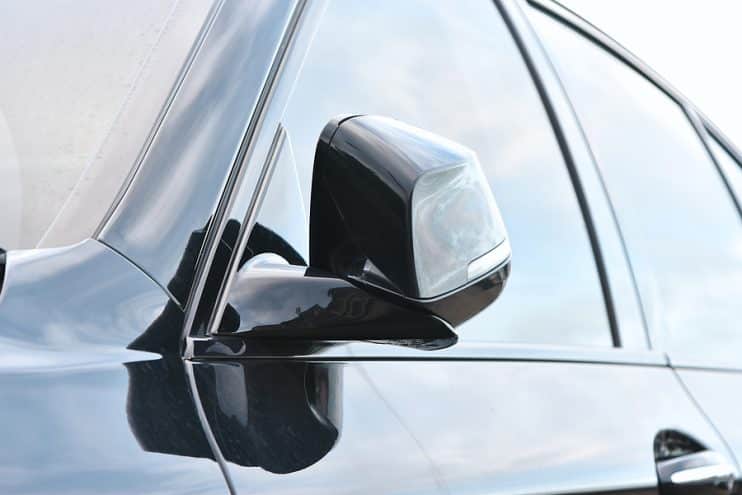
Folding mirrors not folding
If your power-folding mirrors stop working, it could be due to one of several reasons, including a faulty motor or electrical issues. If you regularly park in tight spots or need to protect your mirrors when the vehicle is parked, this can be a real headache.
Depending on the cause, repair may involve replacing specific components or the entire mirror assembly. If you’re looking at used wing mirrors as a replacement option, be sure to test the folding mechanism thoroughly.
What causes wing mirror damage?
The vast majority of wing mirror incidents of damage are caused by collisions and physical damage, including:
- Physical damage: Most common, often from collisions or impacts.
- Narrow roads: Misjudging space while driving or parking can lead to mirror strikes.
- On-street parking: Vulnerability to vandalism, bumps from other vehicles, or door hits.
- Public car parks: Similar risks as on-street parking, plus potential damage from shopping trolleys.
- Accidents: Collisions with vehicles, objects, or animals can damage mirrors.
- Weather: Severe conditions like hail or strong winds can sometimes crack or dislodge mirror glass.
Is it illegal to drive with a broken wing mirror?
Slight damage to a wing mirror is legally permissible for driving, but it does reduce visibility and safety. However, driving with a completely missing wing mirror is illegal and needs immediate replacement.
The law also mandates that wing mirrors must be securely attached. According to DVSA regulations, mirrors must remain attached and steady during normal driving conditions. Loose, hanging, or wobbling mirrors are illegal due to the risk they pose to other road users from flying off.

Can a broken wing mirror fail an MOT?
If a wing mirror is completely absent, severely damaged, or loosely attached, it will result in an MOT failure. Even minor issues like cracks in the mirror glass or damage to the mirror casing can lead to a failed test if they significantly impair driver visibility.
It’s also worth noting that the MOT test considers the functionality of adjustable mirrors, so if your vehicle has electrically adjustable mirrors, they should operate correctly to pass the inspection.
How easy is it to replace a broken wing mirror?
Replacing a broken door mirror is often simpler than people think. In many cases, you can remove and swap out the entire unit with just a screwdriver and a bit of patience. If your car has electric or heated mirrors, you’ll need to disconnect and reconnect the wiring too, but this is usually plug-and-play with clear connectors.
Most people with basic DIY skills can do the job themselves in under an hour. Just be sure to order the correct replacement mirror for your make and model, and check whether it’s painted or comes in black plastic (you may need to spray it separately if you want an exact match).
How much does it cost – and can I claim on insurance?
You can often find cheap or used wing mirrors online or from breakers for as little as £20 to £50. New, painted, or electrically folding mirrors can be more expensive, especially if they include cameras or sensors. Some of these can set you back £200 or more.
In theory, you can claim for mirror damage on your car insurance, especially if it was caused by a third party or during an accident. But depending on your excess, it’s not always worth making a claim – particularly if you can source and fit the mirror yourself for less than the cost of your policy excess.
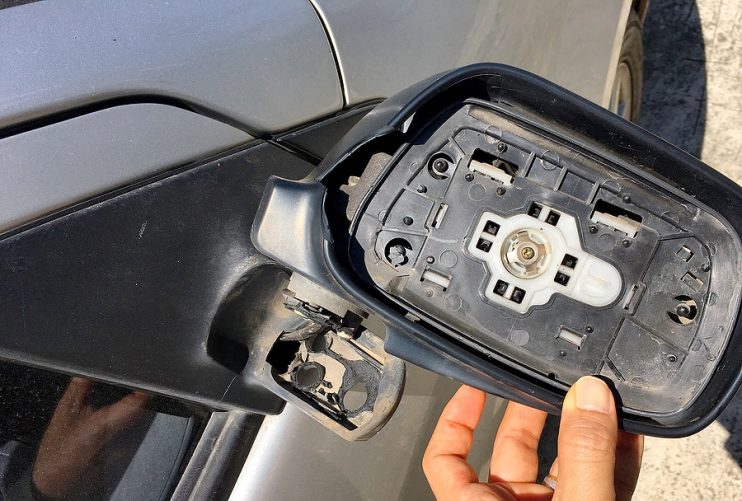
How to replace a broken wing mirror
It’s a no-brainer to tell when your car’s wing mirror needs replacing, and fortunately, it’s also a similarly easy task to perform the mechanical work yourself. The only challenge is in some of the tools you’ll need, which you may need to purchase specifically for the job.
You will need:
- panel remover lever
- trim pad remover
- socket set
- screwdriver
- hooked pick
- additional door panel clips
1. Remove the mirror trim panel screws
The first thing you’ll need to do is remove the door’s trim panel to access the car mirror’s electrical systems. It may take you a little time to find the fasteners, which are usually located behind small plastic caps that hide them from view, or in small recesses obscured from view.
2. Remove the mirror trim panel
If you are dealing with plastic caps, use the hooked pick to remove these so that you can get to the screws. Using your screwdriver, remove all the screws. This should leave only a number of fasteners holding the panel in place. Use the trim panel removal to unclip the fasteners. Finally, wind down the window and lift the trim panel out of its seating.
3. Disconnect the wing mirror
If you have no mirror attached to your car, go straight to step 4.
There should now be a number of bolts exposed that hold the wing mirror in place. If you have a powered mirror, there will also be an electric cord attached to the mirror that you will have to first disconnect. Use your socket set to unbolt the broken mirror and place the bolts somewhere safe.
4. Connect the new wing mirror
Compare the replacement wing mirror to the old part, checking that all the bolt holes line up and are in the same places. If you have an electrically powered mirror, then reconnect the power supply cable and begin bolting the mirror back in place by replacing the bolts one by one. If you have an electrical mirror this is a good time to turn on the car and check that the electrical operation is fully functional.
5. Reattach the mirror trim
Carefully put the mirror trim back in its seating and attach new clips, pushing them firmly into place. Next use the screwdriver to reattach all the screws and press any screw covers into their recesses on the trim. Wind up the window and the job is complete.

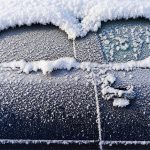
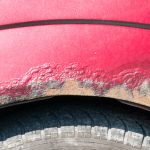
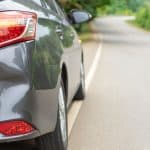

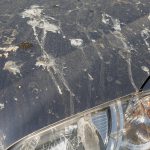
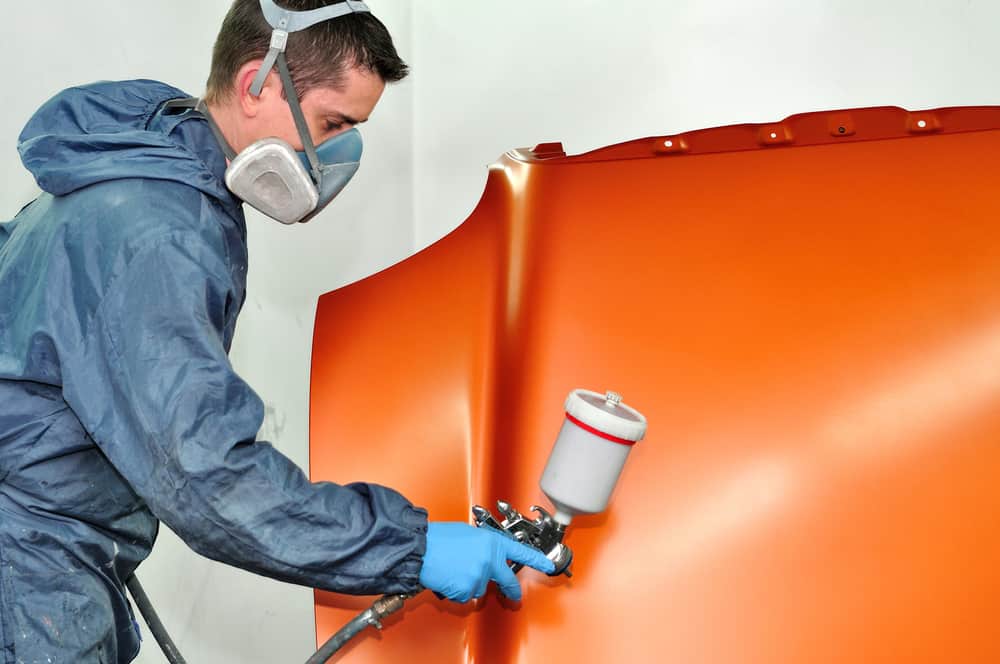
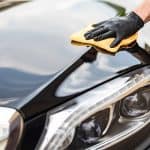
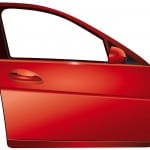
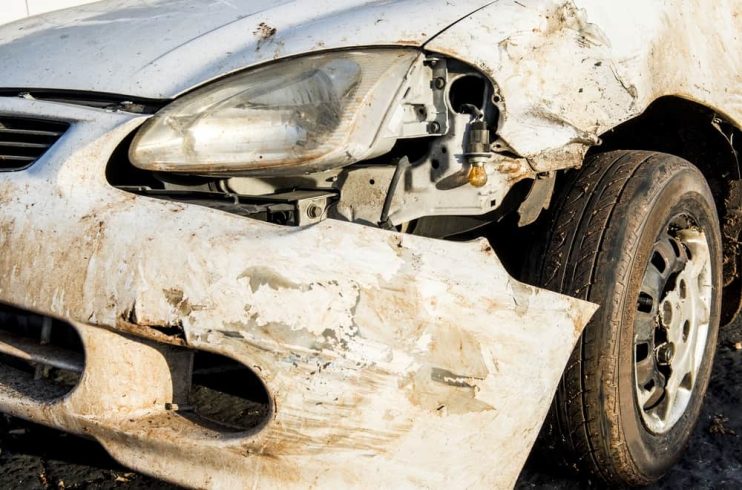
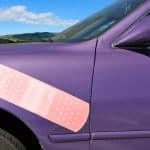
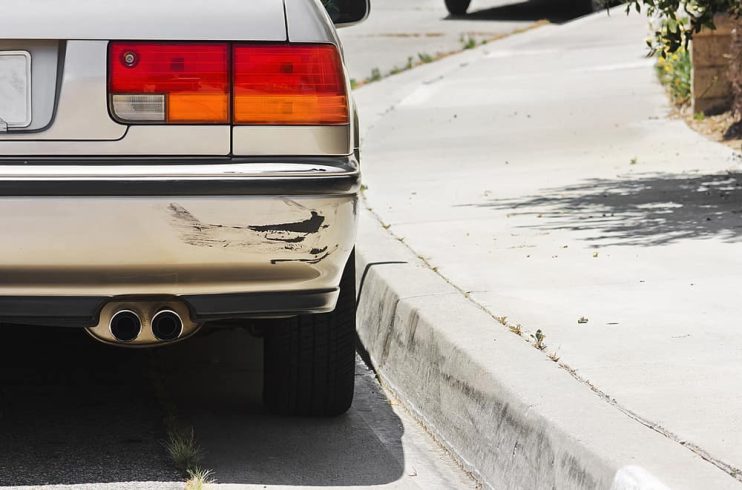
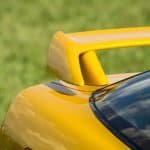
.png)